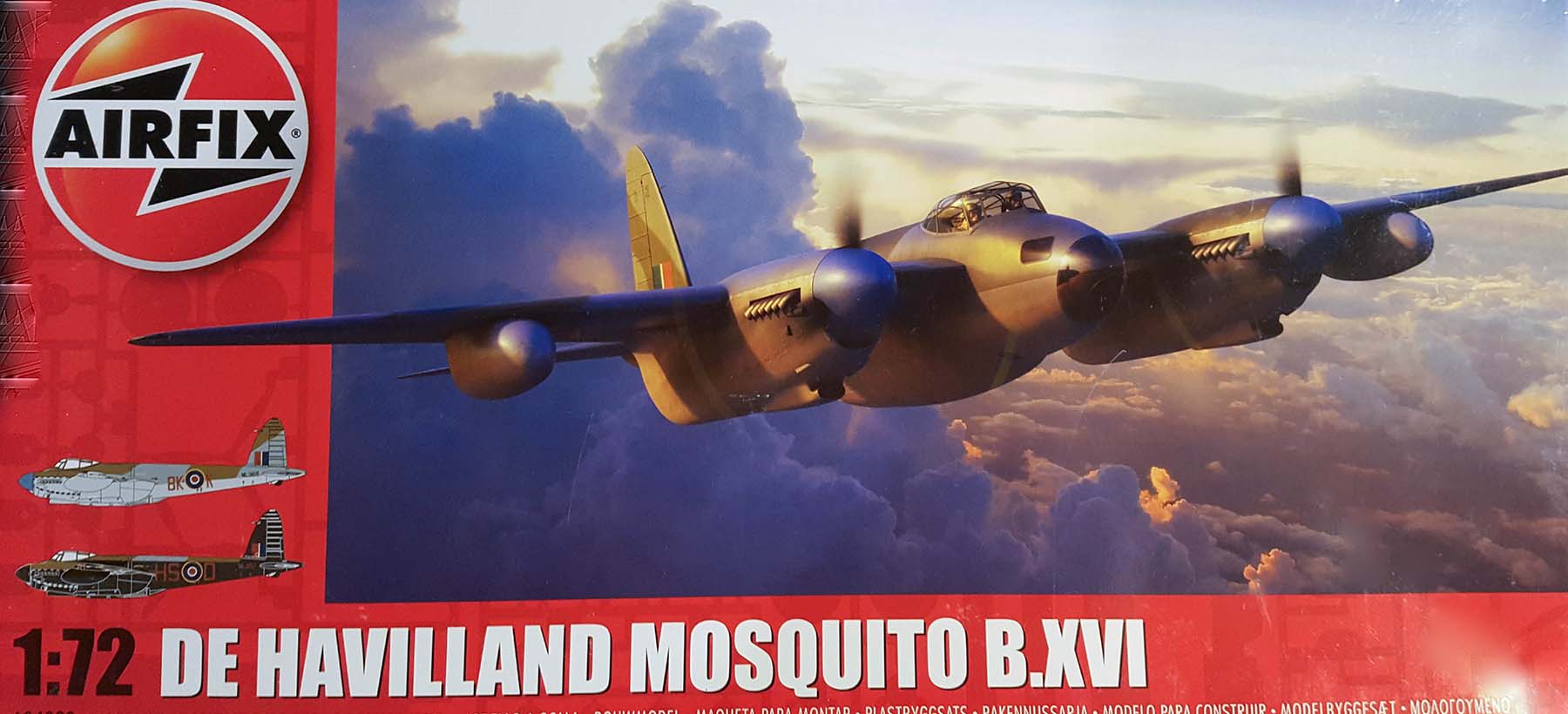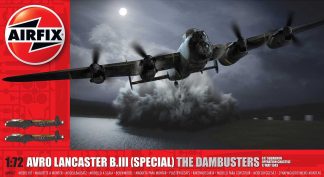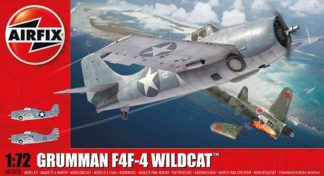Description
Length 174mm x Width 229mm x 161 Parts
2 Decal option’s
The de Havilland DH.98 Mosquito was a true multi-role combat aircraft long before the MRCA (as Panavia’s Tornado was initially known) was ever conceived. Its official genesis was as an unarmed photo-reconnaissance platform and Air Ministry Specification B.1/40 was drawn up on this premise, while future fighter and bomber variants were to be explored. It was what today is called a private venture project and was built principally of a laminated balsa/birch plywood (non-strategic materials at the time), and later was dubbed the “Wooden Wonder”.
A prototype (W4050) flown on 25 November 1940 and, by March 1941, a contract was in place for 50 bomber-reconnaissance versions and the rest, if you will forgive the clichee, “is history” – a full history easily accessible online or in several books. (I particularly recommend Mosquito by C. Martin Sharp and Michael J. F. Bowyer.) Suffice it to say that fighter and bomber versions were indeed developed, and the Mosquito proved a total success in service in all three major roles, undertaking many other second-line duties later in its career, including target-towing. When the last Mosquito (VX196 – an NF.38 for Yugoslavia) was completed in November 1950, 7,781 aircraft had been produced.
The subject of this kit, the B.XVI (first flown on 1 January 1944), was a development of the B.IX fitted with a pressurised cabin and powered by a pair of Rolls-Royce Merlin 72/73 or 76/77 two-stage engines. It was capable of maximum speeds between 329 and 419 mph (depending on weight and height) at operational altitudes between 31,000ft and 39,000ft (depending on weight). It could be configured to carry four or six 500lb bombs or a single 4,000lb ‘blockbuster’ bomb.
The B.XVI is the fourth iteration of the Mosquito from Airfix in 1/72 scale: the first (Airfix ref: 1402) being an FB Mk.VI in 1957, followed by the Mk.II/VI/XVIII (A03019) in 1972 and, in 1995, the NF.XIX/J.30 (A03062). The latter was essentially the A03019 tool with an extra sprue providing a radar nose and four-blade propellers, plus a revised instruction sheet and decals. The new-tool B.XVI is the first bomber variant from the company, featuring a detailed bomb bay, with four bombs, and provision to build with bomb doors open, as well as the two-stage Merlin engines.



